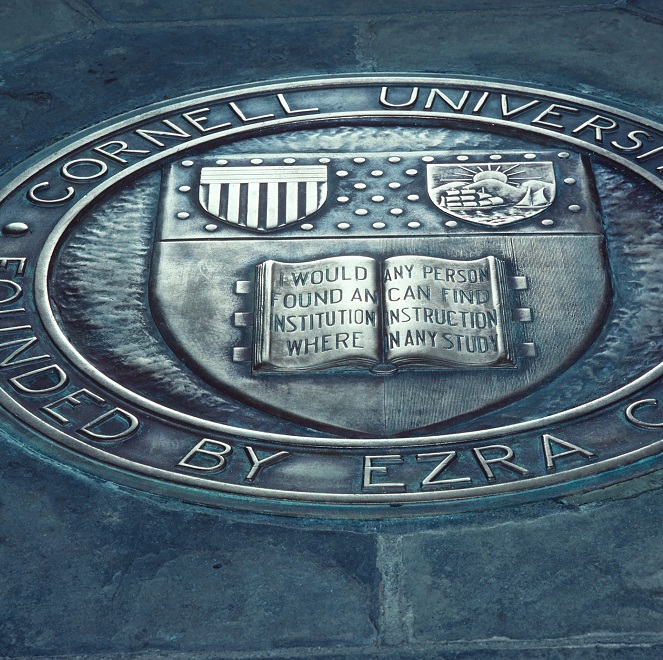News and Events
Full listing
September 12, 2011
The ability to manipulate light and fluids on a single chip, broadly called "optofluidics," has led to such technologies as liquid-crystal displays and liquid-filled optical fibers for fast data transfer. David Erickson, Associate Professor of Mechanical and Aerospace Engineering and Kavli Institute at Cornell for Nanoscale Science Member, details the inherent challenges of upscaling optofluidic chips to deliver enough energy to make a difference, in a Nature Photonics Review article published online Sept. 11.
June 6, 2011
At the White House today, President Barack Obama met in the Oval Office with the seven U.S. recipients of the 2010 Kavli Prizes to recognize and honor their seminal contributions to the three fields for which the Prizes are awarded — astrophysics, nanoscience and neuroscience.
May 5, 2011
Paul McEuen is among 72 new members of the National Academy of Sciences, announced May 3.
March 9, 2011
Using a very fast oscilloscope, researchers have figured out how to quantify the strength of current-induced torque used to write information in memory devices called magnetic tunnel junctions.
January 16, 2011
KIC POSTDOCTORAL FELLOWS are high-profile, two-year postdoctoral positions with significant independence and resources. Call for applications
January 5, 2011
A quick look at new Cornell research hints at colorful patchwork quilts, but they're actually pictures of graphene.
January 2, 2011
A conversation with MacArthur Grant Recipients Michal Lipson and Nergis Mavalvala
December 10, 2010
Just as walkie-talkies transmit and receive radio waves, carbon nanotubes can transmit and receive light at the nanoscale, Cornell researchers have discovered.
December 10, 2010
Cornell researchers have developed a novel way to synthesize a fuel cell electrocatalytic material without breaking the bank.
September 30, 2010
KIC member Michal Lipson awarded a MacArthur Fellow "Genius" Award

